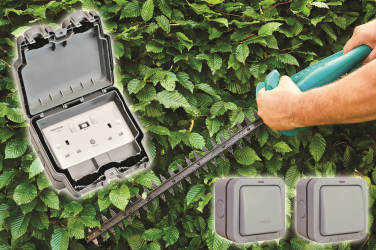2013: The year of the LED?
One of the most influential publications in the world, TIME magazine, has predicted that this will be the year in which everyone switches to LED lightbulbs.
The magazine has published a feature length article which discusses the merits of the bulbs and examines the contributing factors behind 2013 being the year of the LED.The LED is described as a bulb which takes the warm and cosy illumination offered by energy guzzling incandescent light bulbs, and the incredible energy efficiency and cost effectiveness of compact fluorescent bulbs, and combines them to create one all purpose lighting solution. The negatives of both of these types of bulb have been eliminated; the inefficient nature of the incandescent lightbulb is now an outdated echo from years which had never known the phrase ‘global warming’, whilst the ‘warm up’ phase from the CFL bulb has been all but removed. LEDs provide instant warm light with a variety of temperatures, wattages, shapes and sizes available.
Though not yet the standard in America, or indeed the UK, the prevalence of these bulbs is growing every day as consumers wake up to the possibility of reducing their energy bills whilst protecting the environment and illuminating their home in an attractive way. Experts have calculated the energy savings that could be made by each LED bulb over the course of its life span, and the results are often many times the amount the bulb cost to purchase initially. A standard LED GU10 6W lightbulb, which is an alternative to the old 5OW bulbs which have now been phased out, is estimated to save £158.40 over the course of its considerable life span.
The life span itself is also a vital advantage for the LED. The lighting solutions which are used every day, such as overhead lounge lights or under cupboard kitchen lights are required to have long life spans; if a standard 6W LED lightbulb was used for five hours every day, it would last for just over 16 years. These figures are even more astounding for things such as bathroom lighting, which is not consistently used, or feature lighting which is used decoratively and not in an extensive manner; life spans for bulbs used for these purposes can reach more than 20 years.
The prices of LEDs are also decreasing as they become easier to manufacture due to more technological developments. A standard LED GLS 6W lightbulb, which is used as an alternative to traditional 60W bulbs, costs a little over £12.99, and with consideration given to the life span and the energy savings these bulbs boast, they can be said to have paid for themselves within a year. With the initial prices decreasing and the energy savings ever attractive to consumers, TIME magazine’s prediction that 2013 will be the year of the LED might not be far wide of the mark.






